On the occasion of 189th birth anniversary of Great social reformer Savitribai Phule, Kartavya Sadhana is publishing a two part series analysing the life and legacy of 'India's First Feminist'. Written by Sankalp Gurjar, the first part of the article which is published yesterday, was the life sketch of her and about her key ideas as well as her contribution to the cause of females' education. This is the second part of the article which examine her contribution to socio-religious reforms in India and also the immense effort she took in draught relief not once but twice. The article will conclude with brief introduction to her writings.
The most basic factor underlying the life and work of Savitribai was the urge to reform society. If the decade of 1850’s was devoted to the cause of education, 1860s and 1870s were geared to the idea of socio-religious reforms, making society more humane and to an extent possible, liberal. Three fundamental initiatives could be noted here towards that purpose. First was the home for unwanted widows and children. The second was the idea to open up house water tank for all castes. Last and perhaps the most important was the formation of Satya Shodhak Samaj with Jotirao.
Jotirao and Savitribai are icons in the non-Brahmin movement. Jotirao was known for his all-out assault on Brahminical orthodoxy and the dominance of upper castes. But he was in no way opposed to the Brahmin community. It was evident in the fact that many of his friends and well-wishers were from the Brahmin community. In 1863, Savitribai and Jotirao started a home for unwanted widows and children. It was one of the most revolutionary things to do in those times. Problem of inhuman treatment of widows was more widespread in Brahmin community. Widows were supposed to shave off their head, wear red sari and could not expect better treatment in the house. They were also prone to sexual exploitation by men and plight of pregnant widows was unimaginable. Many of them used to commit suicides or try harmful methods to do away with the child born out of such pregnancies.
Phule couple was moved to see their predicament. They decided to offer an alternative. Their work was twofold. They organized a strike of barbers against the practice of shaving off a widow’s head. It was a very novel experiment and was successful beyond imagination. Moreover, they opened a special house for pregnant widows and their children. Widows were asked to come to the house and get the safe delivery done. They were also free to carry their child with them or leave it in the house. By offering a chance like this, Savitribai and Jotirao were in effect humanizing the society’s outlook towards widows and setting new social norms.
A so-called lower caste reformer and his wife were asking Brahmin widows to come forward and undergo safe pregnancy was a revolutionary step then as it is now. Phules did not stop there. They went further and adopted a child born to a Brahmin widow as their own. They named him Yashwant. Phules was a childless couple and Jotirao had refused all sorts of pressures from relatives to remarry. Yashwant Phule was trained as a doctor. He joined the British Indian army and was instrumental in helping Savitribai organize relief efforts in the drought years of 1896-97. The plague was also playing havoc in Pune at around the same time.
Phules were basically liberal humanist at heart. It was seen in their two other actions. Savitribai organized social gatherings for women from all castes. It was a direct assault on the caste hierarchy and exclusiveness of such gatherings. Moving further, Phules also opened their house water tank for all communities. Looking at it in the context of a caste conscious, regressively minded society of the 19th century, it seems astonishing that Phules could so easily break out of caste differences and challenge the then prevailing social order.
In 1873, Jotirao along with Savitribai founded Satya Shodhak Samaj. The Samaj had its own understanding and rituals for conducting social events like marriage. Savitribai played a major role in the first marriage organized by the Samaj. She not only financed the marriage but also was an active participant in all other activities of the Samaj. After Jotirao’s death in 1890, Savitribai led the Samaj. In fact, she became the President of 20th session of the Samaj held in 1893.
Drought Relief:
Savitribai was quite active in two major drought relief efforts. The first time it was in 1876-77. Jotirao was alive then and the couple was deeply involved in initiating a relief effort outside the city of Pune. They had strict rules for distributing food and major focus was on feeding children. Thousands of children were being fed in the relief camp. The second relief effort was launched two decades later in 1896-97. This time, the twin tragedy had stuck Pune. Drought was compounded by the severe outbreak of Plague. By that time, Jotirao had passed away but Savitribai even in her 60s remained committed to the cause. She asked her son to come on leave to assist her in the relief efforts. However, during the relief work, she herself succumbed to the plague at the age of 66.
Writings:
Savitribai wrote and composed poems as well. Her primary identity is that of a social reformer but her writing cannot be ignored as it was deployed to further her reforms-related work. For many decades after her death, Savitribai’s writing remained unavailable. But due to the efforts of her biographer M G Mali, her writing could be traced and published. They were published in 1988 by Maharashtra state government. Savitribai’s first book of poems was published in 1854 and second was written and published after Jotirao’s death in 1892. She had also edited Jotirao’s speeches in 1856. Her published speeches and letters to Jotirao were subsequently found and published. Her firm commitment to social reforms remains the underlying theme of her writings. But some of her poems are composed focusing on nature and her inner self as well. These give us a glimpse into the workings of the mind of Savitribai.
Conclusion:
The Indo-British encounter in 19th century produced some of the finest minds and activists. Phule stands out among them not only as a radical thinker and humanist but also for his extraordinary efforts to partner himself with his wife and implement those ideas with her assistance. By doing this, he was breaking new grounds on several fronts and was setting a new discourse. The story of Savitribai is more remarkable because she took up Jotirao’s ideas and developed her own thinking about it. Without her being convinced about the power of these ideas, it would be difficult to imagine for her to face the active hostility from the conservative elements of society.
Savitribai was quite an unusual woman for her time. Probably this statement holds true even now. She was at one level fully involved in all the activities of Jotirao Phule like female education, home for unwanted widows and children etc. But she was not just an able companion in her husband’s activities. Savitribai had her own thinking and wasn’t constrained in any way by the presence of a towering personality like Jotirao. Rather they complemented each other very well. Savitribai was instrumental in implementing and carrying forward Jotirao’s ideas. In that way, she assumed more importance because Phule’s ideas were tested, among others, in the work of his wife.
Savitribai died 120 years ago but her work remains ever more relevant for our times. She forms a link between Indian feminism on the one hand and overall social reforms movement on the other. She is also someone who not only advocated social reforms but also actively launched major initiatives to see it through. In that sense, there was unity in her ideas and actions. Her work was partially honoured last year when Pune University’s name was changed and now it bears Savitribai’s name.
(This article is a revised version of the paper presented at Delhi University in 2017)
Sankalp Gurjar
First part of the article : Savitribai Phule: The First Indian Feminist
Tags: Feminism Feminist Social Reform सावित्रीबाई फुले महात्मा फुले kartavya-sadhana Sankalp Gurjar Load More Tags

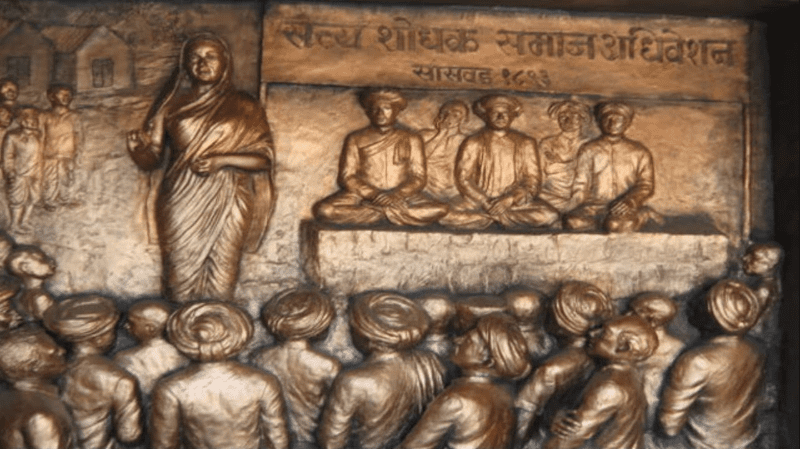


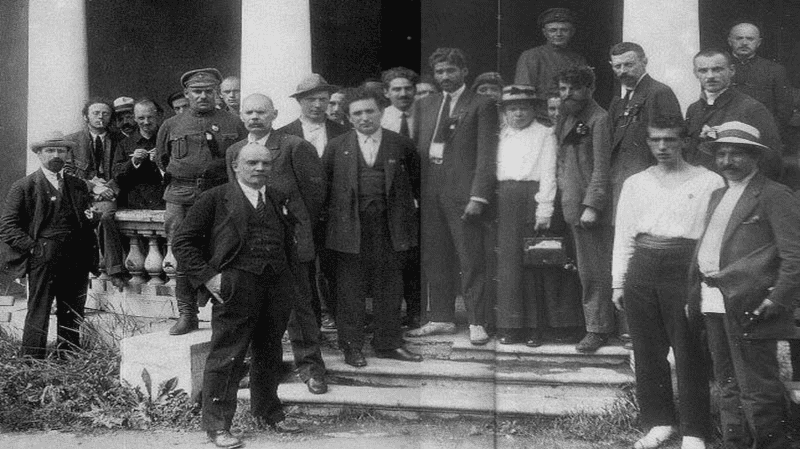
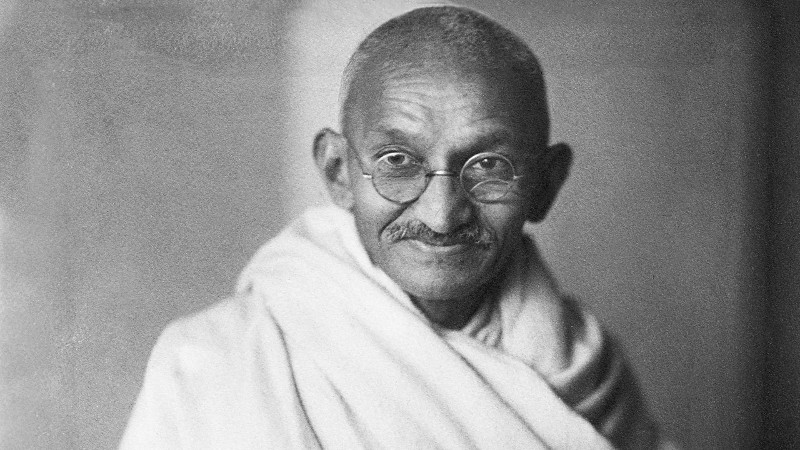
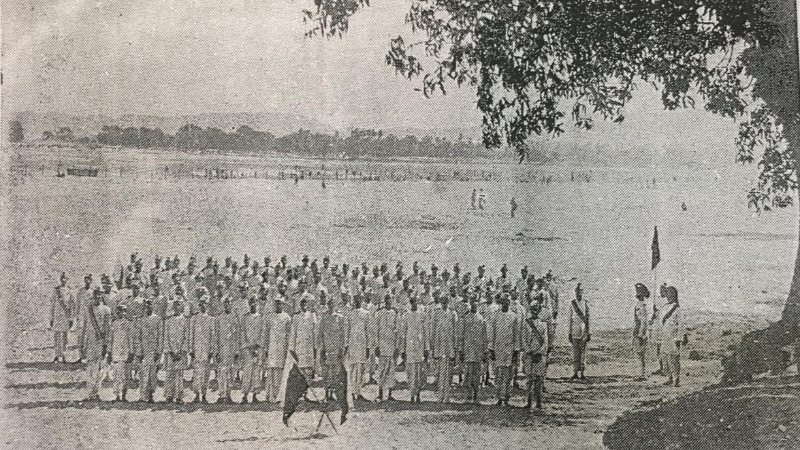


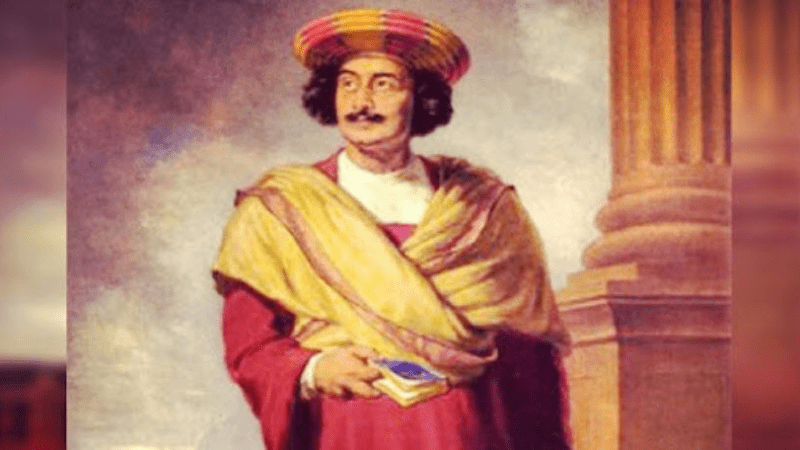


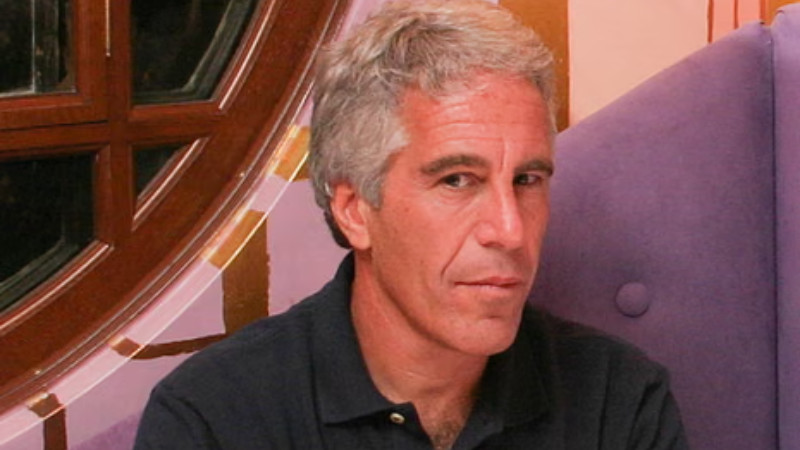
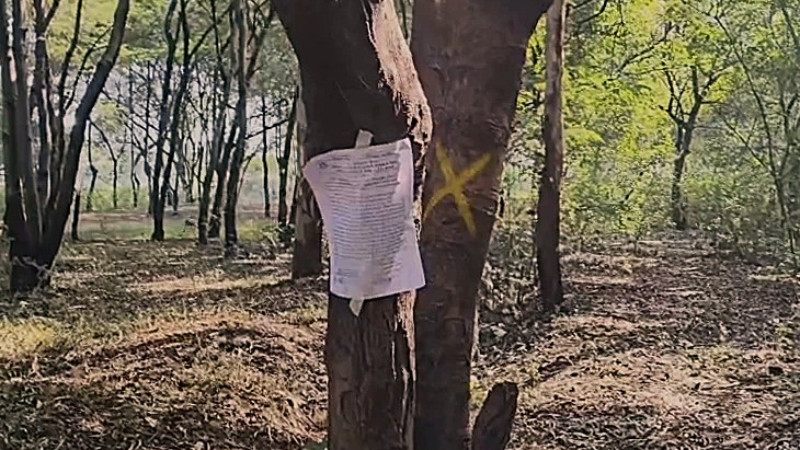
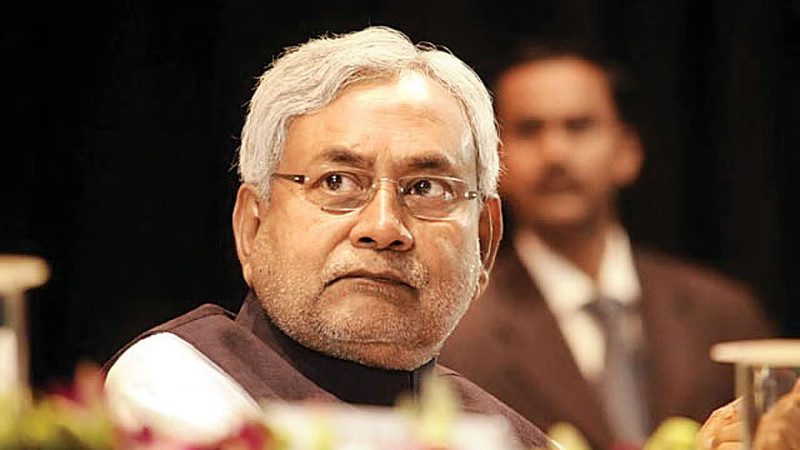
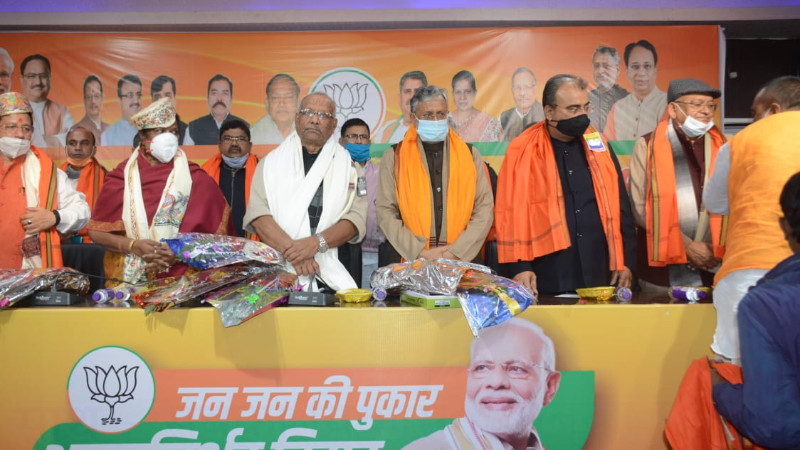
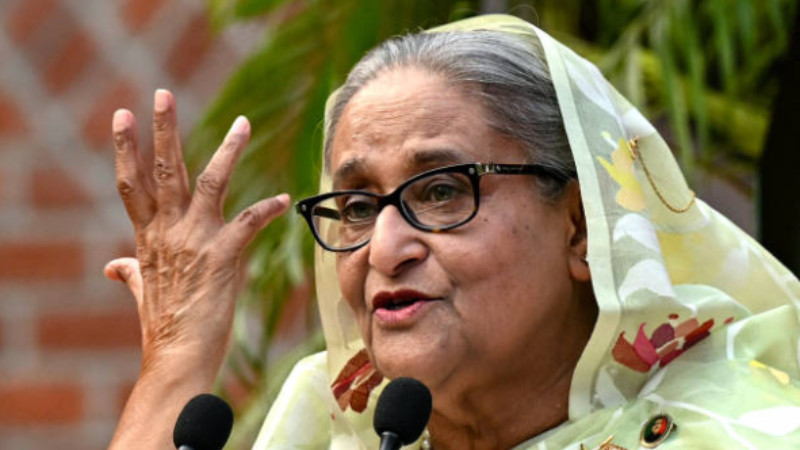
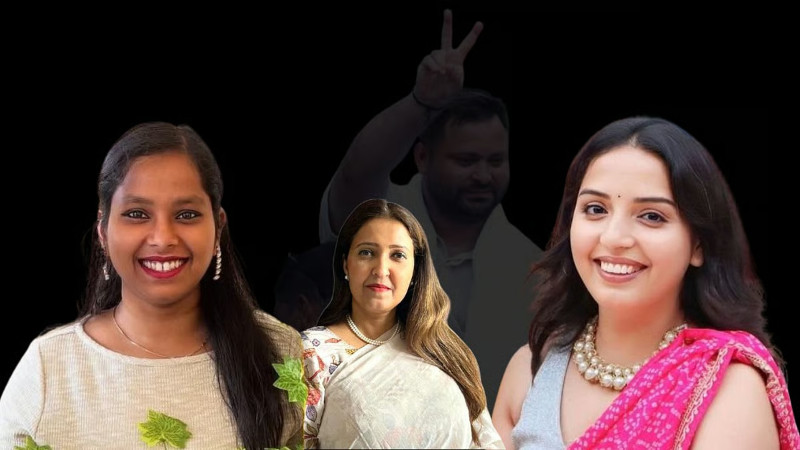
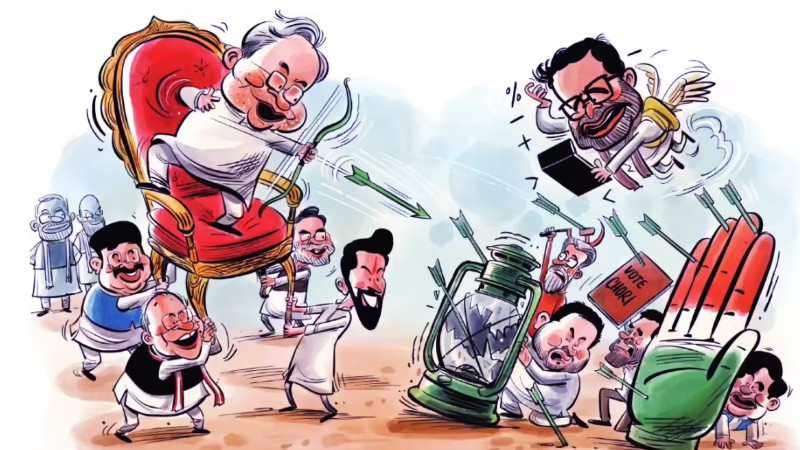
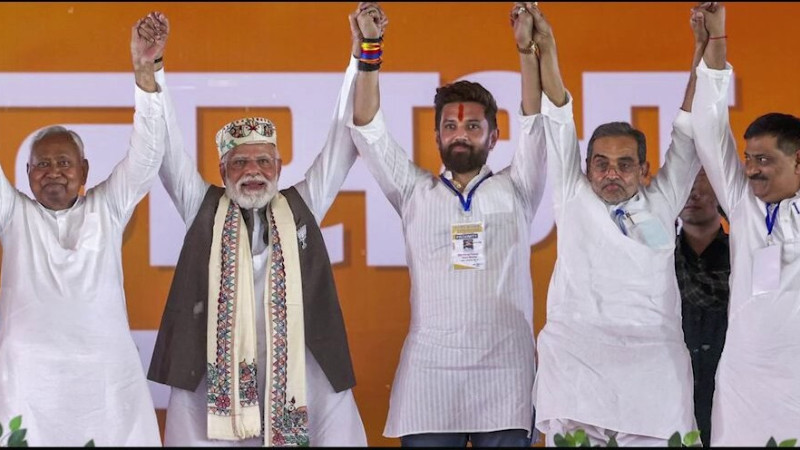
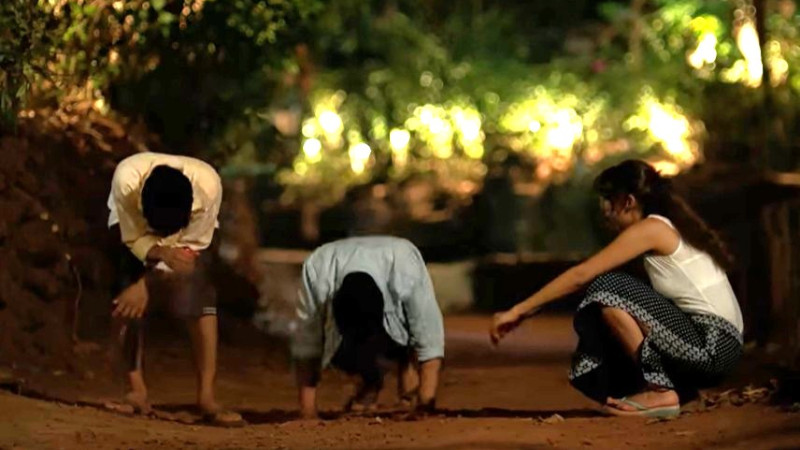
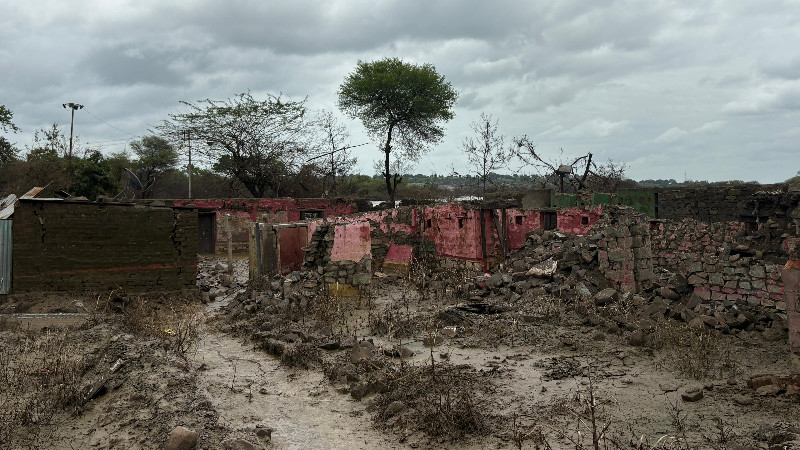
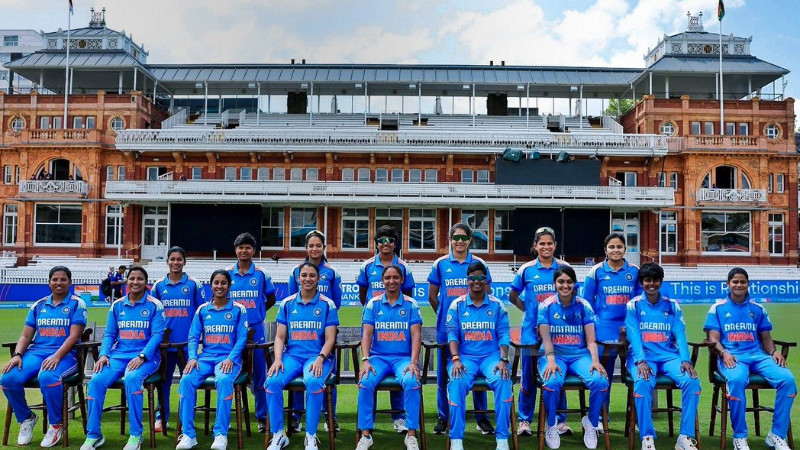
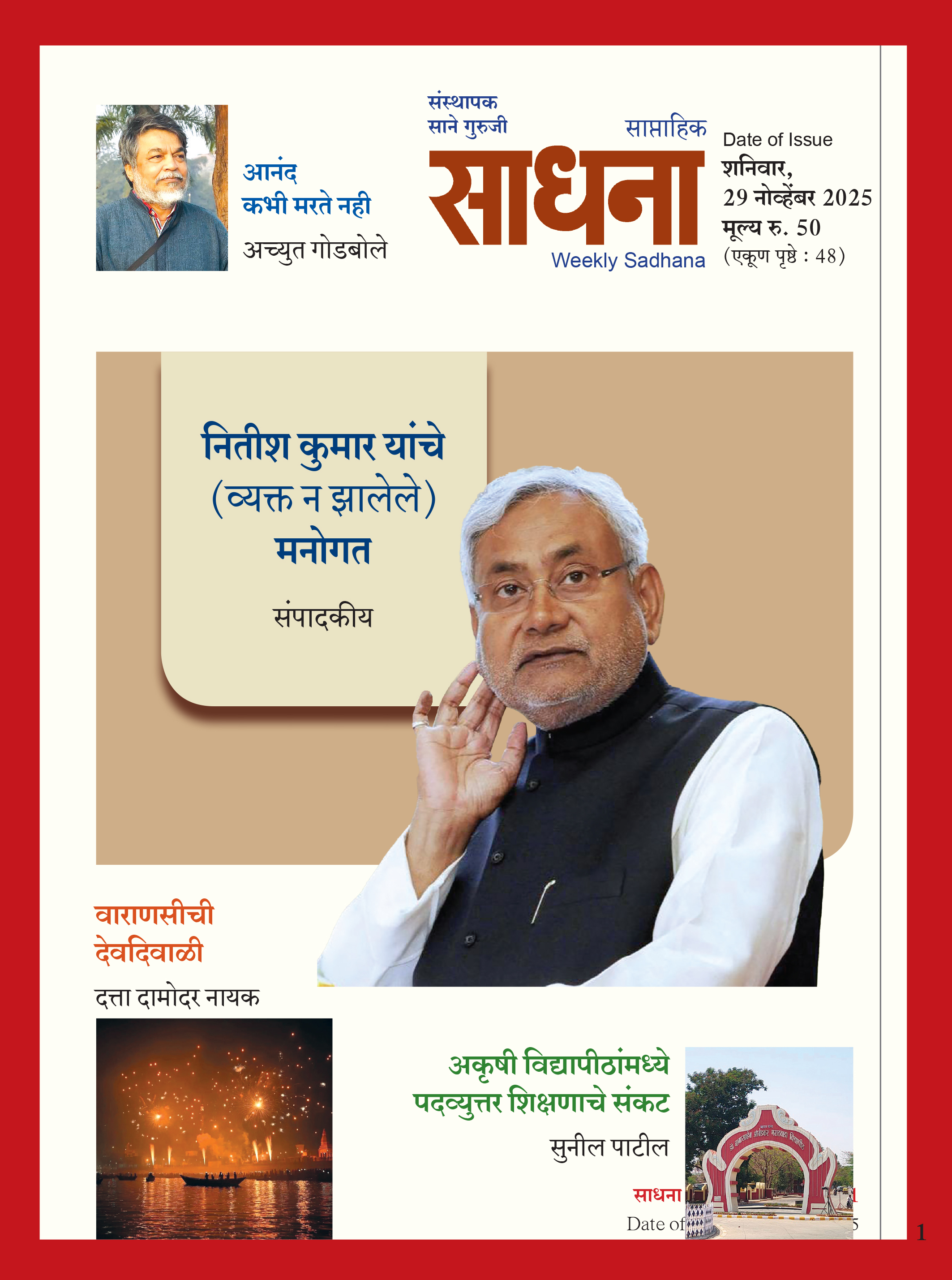





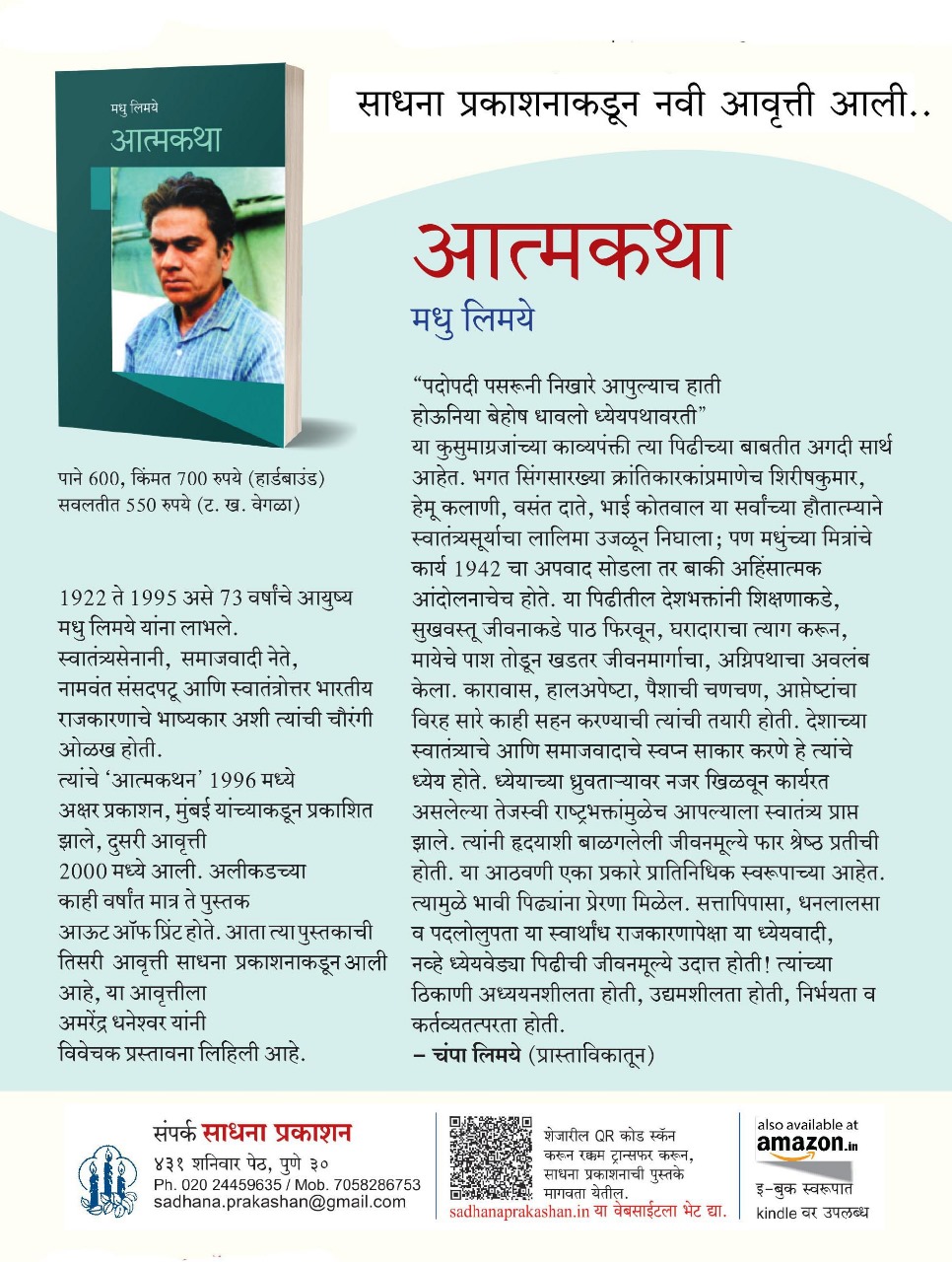



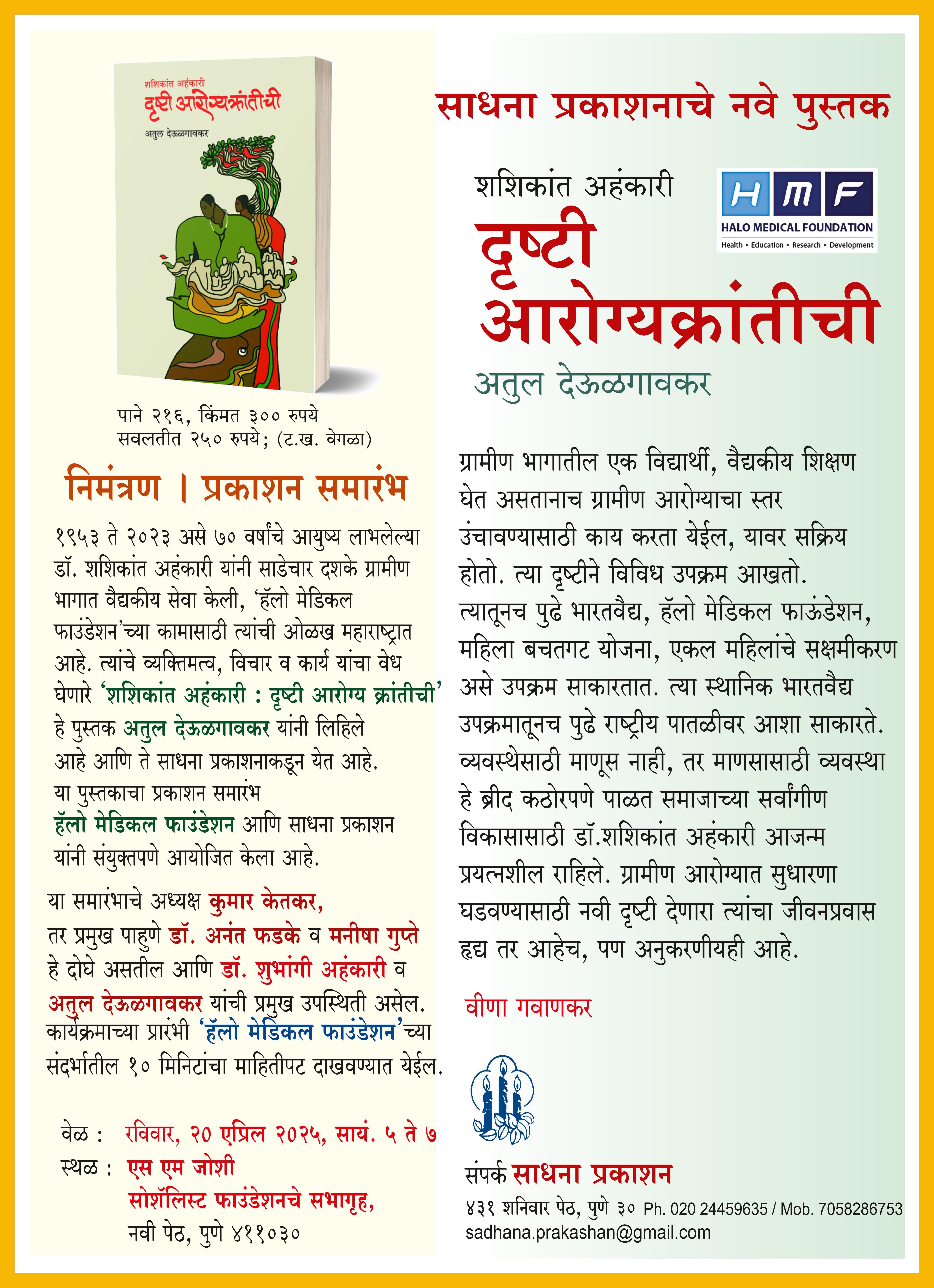



Add Comment